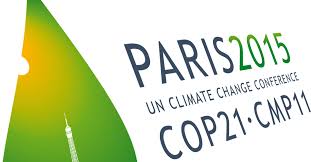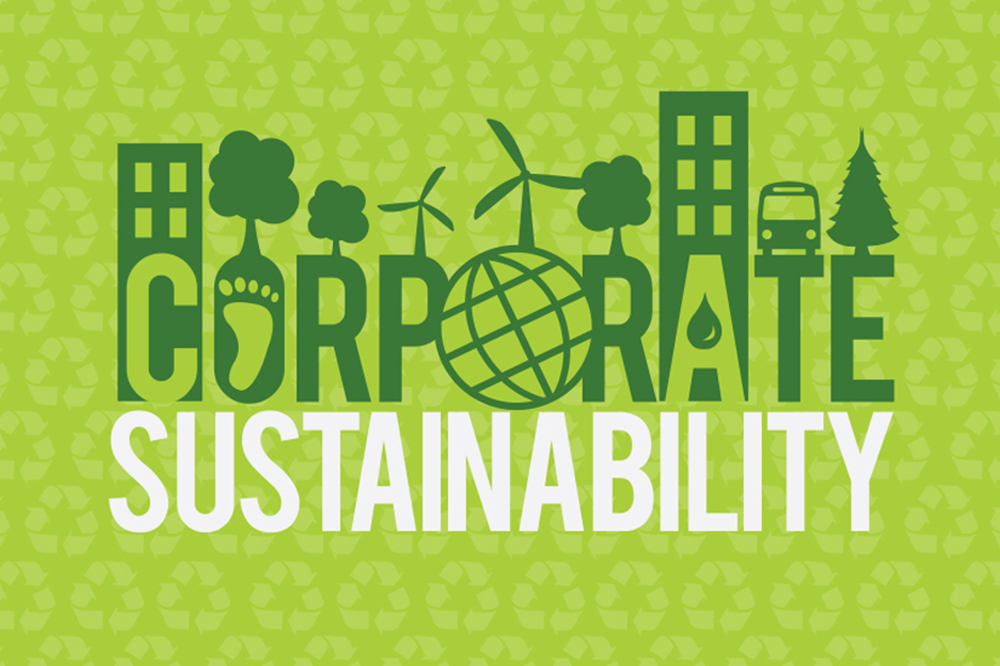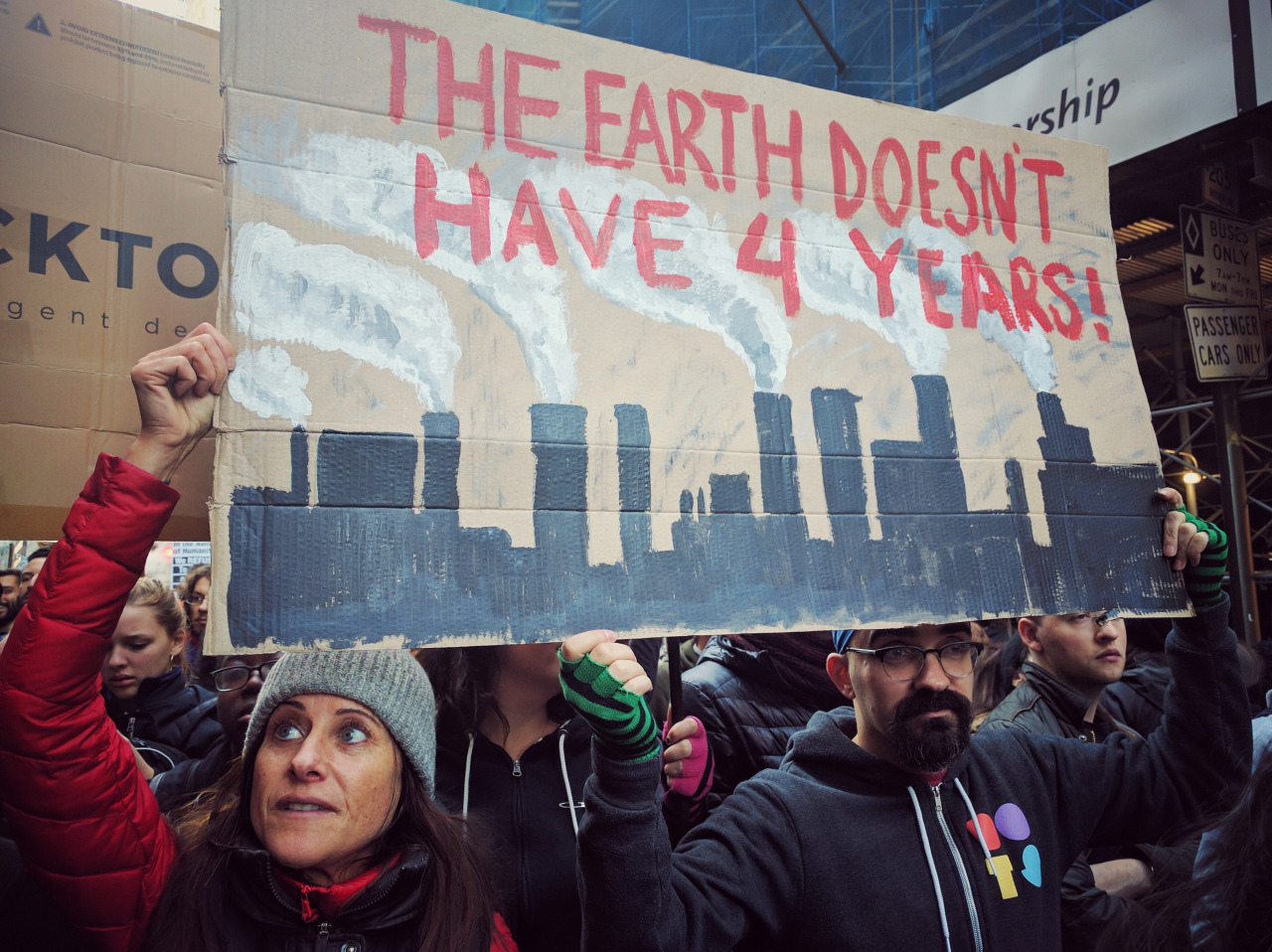International Environmental Law
A Bitter Pill
Will Trump’s Actions Unravel the Paris Agreement? It’s complicated.
It’s official: President Trump has decided to pull the U.S. out of the Paris agreement. So far as I c an, there’s little support for his decision from anyone who is not beholden to the coal industry. Sadly, this decision is only one way in which this President has dashed the hopes of the world. …
Continue reading “A Bitter Pill”
CONTINUE READINGAll You Need to Know About the Paris Agreement
Five posts About the Paris Agreement in One Place
Today we will finally know whether Donald Trump will make good on his campaign promise to withdraw from the Paris Agreement. As background, here are five posts I’ve written since the agreement was adopted in December of 2015. First, Thoughts on the Accomplishments of the Paris COP , which explains why Paris is such a big …
Continue reading “All You Need to Know About the Paris Agreement”
CONTINUE READINGWhat Happens if the U.S. Remains in the Paris Agreement?
How does an Administration that has Repudiated Climate Change and Climate Policy Respond?
Although I have previously argued that we might be better off if the Trump Administration withdraws from the Paris Agreement, the odds seem higher that Trump will choose to remain in. He can appease his daughter and son-in-law, appear to be reasonable, and give up very little by remaining in. If he makes this …
Continue reading “What Happens if the U.S. Remains in the Paris Agreement?”
CONTINUE READINGWhat Do We Really Gain If the U.S. Stays in the Paris Agreement?
As Long As Trump Is President
(This post is cross-posted at https://takecareblog.com/blog/what-do-we-really-gain-if-the-u-s-stays-in-the-paris-agreement.) The Trump Administration will apparently decide soon whether to keep the United States as a party to the Paris Agreement. Although I understand why so many observers have argued that the U.S. should remain in Paris, I have already expressed my view that remaining in Paris is at best …
Continue reading “What Do We Really Gain If the U.S. Stays in the Paris Agreement?”
CONTINUE READINGThinking Globally, Acting Transnationally
Despite Trump, Americans are joining the international fight against climate change.
The U.S. government obviously isn’t going to be taking a global leadership role regarding climate change, not for the next four years. At one time, that would have been the end of the story: the only way to accomplish anything internationally was through national governments. But we live in a different world today and there …
Continue reading “Thinking Globally, Acting Transnationally”
CONTINUE READINGThinking Globally, Acting Corporately
The corporate world hasn’t been blind to the dangers of climate change — not even the oil industry.
With the White House and Congress MIA in the war against climate change, we need to look for other options. States like California are one answer, and I recently posted about the role cities could play. But these do not exhaust the options. Major corporations are taking climate change seriously and beginning to address the issues. In …
Continue reading “Thinking Globally, Acting Corporately”
CONTINUE READINGA Lame Soundbite From a Flailing Administration
Pruitt’s statement yesterday exemplifies why the Trump Administration is in trouble.
Everything that’s wrong with the Trump Administration was on display yesterday, thanks to Scott Pruitt. He told “Fox and Friends” that the U.S. should get out of the Paris Agreement because China and India have no obligations until 2030. The fact that he made this comment, and made it on Fox, vividly exemplifies many of the Administration’s …
Continue reading “A Lame Soundbite From a Flailing Administration”
CONTINUE READINGThis Wolf Came as Dressed as a Wolf
Trump’s views on energy & environment were clear before the election. He’s doing what he said.
In terms of energy and environmental issues, Trump has turned out to be as advertised. Last June, I did a post contrasting Clinton and Trump’s views about the environment. Below, I revisit the June post in order to compare what Trump said before Election Day and what he’s done since. In case you’ve forgotten, Clinton’s position …
Continue reading “This Wolf Came as Dressed as a Wolf”
CONTINUE READINGIf Trump Guts Key Programs, Does Staying in Paris Even Matter?
Administration to Issue Executive Order to Pull the Clean Power Plan
(This post is cross-listed at takecareblog.com) Today the Trump Administration is expected – via Executive Order – to announce that it will begin the process to rescind the Clean Power Plan. The Order apparently says nothing about whether the U.S. will remain in the Paris Agreement. For months, speculation about whether the U.S. will withdraw …
Continue reading “If Trump Guts Key Programs, Does Staying in Paris Even Matter?”
CONTINUE READINGEarth Day, 2017 Should Be The Next Massive Rally
The 47th Earth Day falls this year on April 22, a Saturday. The fortuity of a weekend date makes Earth Day the perfect opportunity to marshall the energy of the wildly successful Women’s marches around the world to demand that Congress and the Trump Administration protect our planet (hat tip to Emmett Fellow Julia Forgie …
Continue reading “Earth Day, 2017 Should Be The Next Massive Rally”
CONTINUE READING











